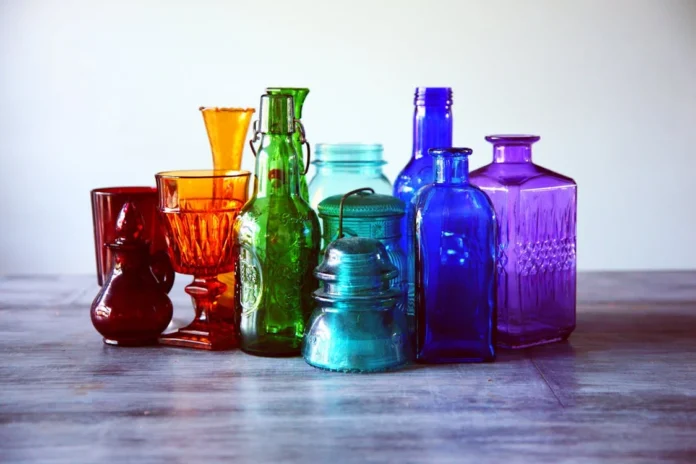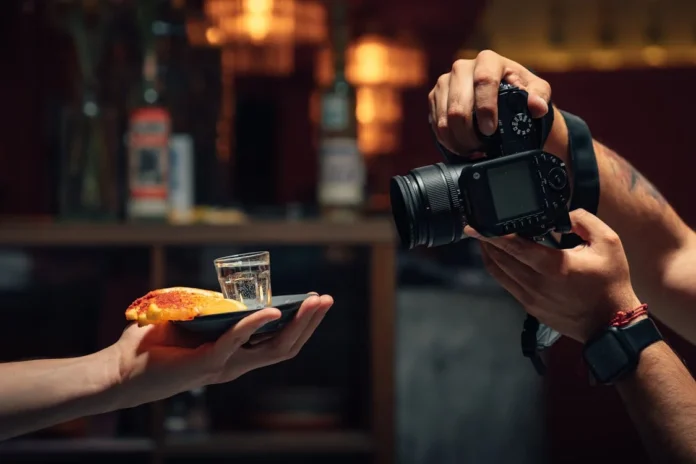Every time an artist blows into molten glass, they breathe life into a medium that reflects the duality of existence—fragile yet resilient, transparent yet capable of stunning vibrancy. Imagine standing in a gallery, sunlight streaming through a stained-glass window, painting the floor in colors that dance like memories on the walls.
It’s in these moments that the beauty of glass artworks becomes apparent; each piece tells a story, weaving together threads of transformation and healing. As individuals navigate their own journeys of growth and change, so too do the artists who create these masterpieces.
Glass art offers more than aesthetic pleasure; it embodies the essence of human experience. If you want to learn more about this topic, check out https://glassgallery.net/
This article aims to explore the intricate world of glass art and the various techniques that enable artists to transform simple materials into breathtaking masterpieces, inviting readers to appreciate how artists harness their creativity and emotions through this unique medium.
Exploring Different Glass Techniques

The world of glass art is rich with various techniques, each offering unique possibilities for expression and creativity. From the heat of the furnace to the delicate play of light, artists utilize several methodologies to transform glass into stunning artworks.
Glassblowing: The Fiery Art of Shaping Glass
Glassblowing techniques stand as a cornerstone in shaping glass art. This fiery art of glassblowing involves the manipulation of molten glass through the blowpipe. As the artist gathers molten glass and blows into it, they expand and shape the glass into magnificent vessels or sculptures. The fluidity of the material allows for both careful design and spontaneous creativity, producing works that reflect the artist’s vision and craftsmanship.
Stained Glass: Capturing Light and Color
Stained-glass art combines vibrant glass pieces to create intricate designs, often seen in architectural contexts like churches and public buildings. Artists select specific colors and patterns, assembling them to form cohesive artwork. Capturing light in stained-glass transforms the atmosphere of a space, with sunlight passing through the colorful panes, casting dynamic shadows and hues that change throughout the day.
Fused Glass: A Unique Fusion of Techniques
Fused glass techniques involve layering different glass pieces and subjecting them to heat in a kiln, enabling a unique glass fusion process. This method allows artists to explore various textures and patterns that emerge during firing. The resulting pieces can serve functional purposes or stand purely as decorative art, showcasing the endless creative potential inherent in glass art methodologies.
Glass Sculpting: Crafting Three-dimensional Artworks
Glass sculpting techniques require meticulous attention to detail in crafting three-dimensional glass art. Artists leverage methods such as casting, engraving, and molding to create sculptural glass works. By combining various techniques, they achieve diverse effects, whether aiming for abstract forms or representational designs. This discipline brings depth to the artistry, resulting in striking glass sculptures that occupy space in compelling ways.
The Influence of Dale Chiefly on Glass Art

Dale Chihuly’s innovative contributions to glass art have left an indelible mark on the medium. His journey began in Tacoma, Washington, where the stunning landscapes of the Pacific Northwest sparked his artistic inspiration. Chihuly’s early fascination with glass blossomed under the guidance of mentor Harvey Littleton, as he combined traditional craftsmanship with a contemporary vision. This blend would become pivotal in his profound influence on glass art.
Early Life and Artistic Inspiration
Born in 1941, Chihuly was surrounded by the natural beauty that would later inspire many of his famous glass artworks. He drew from the vibrant colors and forms found in nature, incorporating these elements into his pieces. The experiences he gained while studying abroad, particularly in Italy, enriched his understanding of glass as an expressive medium. Throughout his career, Chihuly has demonstrated how personal experiences significantly shape artistic expression, paving the way for future glass artists.
Chihuly’s Creative Process and Team Dynamics

Chihuly’s creative process highlights the essence of teamwork in glassblowing, emphasizing the importance of collaboration in producing stunning pieces of art. As the visionary behind many projects, he sketches initial concepts while skilled artisans take part in the execution, breathing life into his ideas.
Chihuly’s Iconic Glass Series and Installations
Chihuly’s iconic series, such as “Macchia” and “Chandeliers,” exemplify his unique artistic language. These collections have transformed environments through breathtaking glass art installations that captivate viewers. His works are characterized by vibrant colors, organic shapes, and grand scales, all contributing to the visual impact of his pieces.
Glass Art in the Modern Art World
Public installations of glass art have increasingly become vital elements in modern urban landscapes. These installations not only beautify spaces but also engage communities in meaningful dialogues about art and culture. Through large-scale projects, contemporary glass artists create immersive experiences that demonstrate the versatility and aesthetic appeal of glass as a medium.
Public Installations and Their Impact
The growing trend of public installations of glass art reflects a commitment to making art accessible to wider audiences. These vibrant displays often transform mundane locations into stunning focal points, inviting viewers to pause and reflect. By introducing contemporary glass art into these settings, artists make statements that resonate with local narratives, celebrating cultural identity and communal heritage.
Revitalizing Glass Art: Contemporary Artists to Watch
Contemporary glass artists are leading a renaissance in the medium, experimenting with innovative techniques and addressing pressing social issues. This new generation is revitalizing glass art, merging traditional methods with contemporary themes, resulting in compelling works that challenge conventions.
Conclusion
The journey through the world of glass art illustrates a rich tapestry of creativity, collaboration, and innovation. Each unique piece crafted by artists reflects both personal narratives and broader cultural dialogues. Through a variety of techniques, glass art has evolved significantly, challenging traditional perceptions and continually redefining its boundaries. These conclusions on glass art reveal its profound ability to resonate with audiences, infusing spaces with vibrant color and intricate forms.









